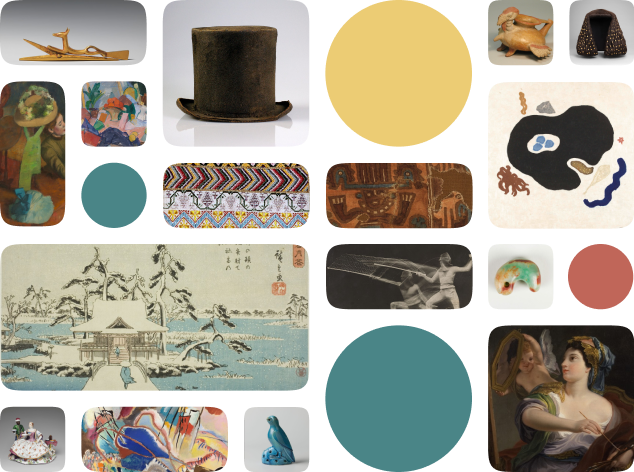The Mother Goddess Men Brajut (Hariti)
Creator Name
Cultural Context
Date
Source
About the work
This Indonesian terracotta sculpture represents the goddess Hariti’s Indonesian form, Men Brajut. The sculpture likely adorned a temple pillar in East Java. It dates from the Majapahit Empire, which ruled parts of Indonesia from the 13th to 16th centuries. Majapahit rulers patronized Hindu temples, resulting in an outpouring of similar deities. Men Brajut kneels with a child between her legs. Her large breasts and soft belly mark her fertility, while small hands on her chest indicate that at one point the statue held another baby.
Metropolitan Museum of Art Object Description
Figure
Work details
"--" = no data available
Title
Creator
Worktype
Cultural Context
Material
Dimensions
Technique
--
Language
--
Date
Provenance
Style Period
Rights
Inscription
--
Location
Source
Subjects
Topic
Curationist Metadata Contributors
All Works in Curationist’s archives can be reproduced and used freely. How to attribute this Work:
Unknown, The Mother Goddess Men Brajut (Hariti), 14th–15th century. Metropolitan Museum of Art. A terracotta sculpture of Men Brajut, the Indonesian form of the goddess Hariti, designed as a pillar ornament. Public Domain.
Help us improve this content!
Let our archivists know if you have something to add.
Save this work.
Start an account to add this work to your personal curated collection.
